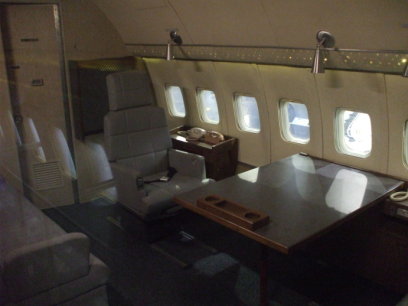
Privies, Privacy and Power
Privies, Privacy and Power
The Throne Behind the Power
Attitudes about privacy have changed through the centuries. Much of that change came very recently when most of the western world finally became prosperous enough to afford privacy. National rulers and others wielding great power play by a different set of rules. This includes not caring about privacy while using the toilet. This attitude goes back to the Bronze Age and continued through medieval times, but recent leaders such as U.S. President Lyndon Johnson have practiced Bronze-Age-style toilet habits.
The nice marble-topped public toilets seen below are in Ephesus, a Greek city in western Asia Minor known to its inhabitants as Έφεσος.
The city flourished in this location from the time of its establishment. Neolithic people had settled here around 6000 BCE, and Mycenaean era pottery and a burial ground from 1500-1400 BCE were discovered nearby. An Attic-Ionian Greek colony was settled on the nearby hill now called Ayasuluk in the 10th century BCE, and the area was controlled by the Lydians in the 500s BCE. The ruined city we see today was rebuilt in 290 BCE by Lysimachus, one of Alexander the Great's generals who divided up his empire after his death. Alexander had passed through Ephesus in 334 BCE at the beginning of his conquests.
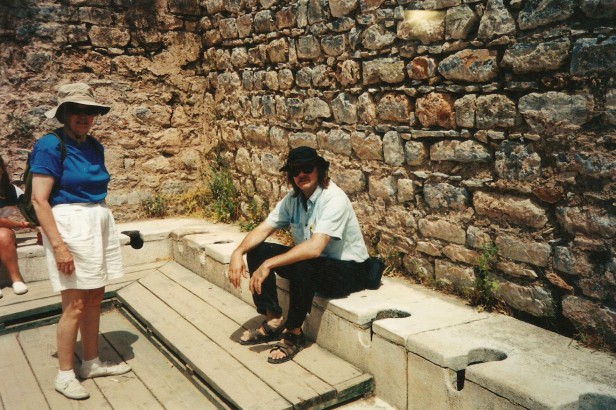
Yes, that's me at Ephesus.
In the first century CE, Ephesus was one of the four major cities of the Roman Empire, along with Rome itself, Antioch, and Alexandria. Its population had reached 250,000 in the 1st century BCE, and grew to an estimated 400,000 to 500,000 by 100 CE, making it the second largest city in the world after Rome. It was then rebuilt under the Byzantines and was the second most important Byzantine city (after Constantinople, of course) in the 5th and 6th centuries. It was sacked numerous times by the Arabs in the 7th and early 8th century and declined to a small village.
This facility was for the elite of the city. It was just a few doors up the main street from the Library of Celsus, which was at the intersection of two of the three main thoroughfares of the city. Walk down to that corner, turn right, and you soon came to the grand theatre.
Also notice the construction materials — finely cut marble not just for the seats, but for the front face and the channeled floor piece immediately in front. That channel would have carried flowing water, providing and flushing away a source of water for cleaning yourself (and see the "Wipe or Wash?" page for the paper versus water choice). The central floor, now covered with wooden planks, would have had an elaborate mosaic.
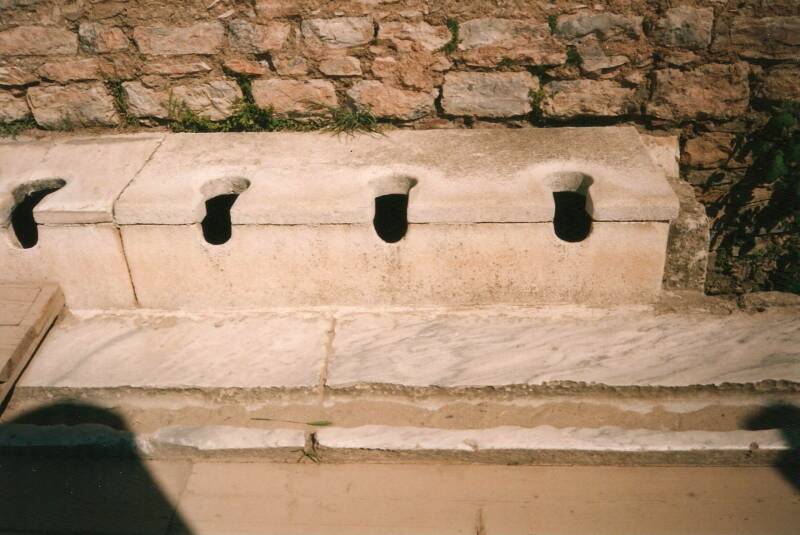
Communal marble toilets in Ephesus.
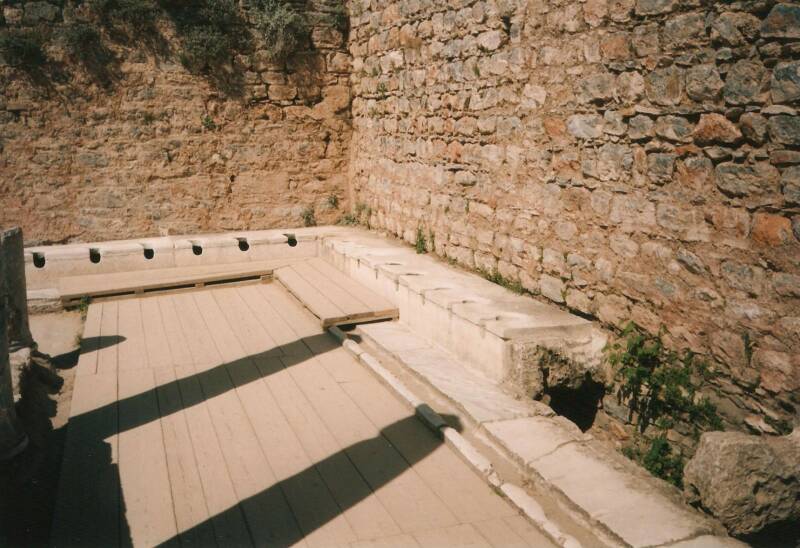
Communal marble toilets in Ephesus.
Some of these pictures were included in De Samenleesbijbel, Read the Bible Together, a Dutch study Bible for children of 8–12 years.
The location and construction are nice, but to our modern sensibilities the communal nature is unappealing, maybe even seeming crude. There are about twelve seats along each of three sides of this room, so it was a 36-holer.
However, this would not have seemed crude to the people who used this! Attitudes toward privacy have shifted significantly, at least among the common people.
Here are the similar public toilets in Κόρινθος or Corinth, in the north-eastern Peloponnese in Greece.
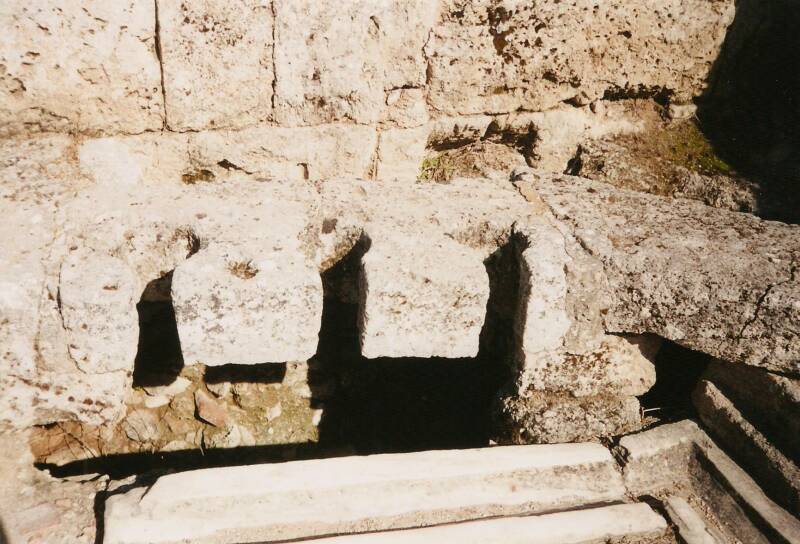
Communal toilets at Κόρινθος or Corinth, in Greece.
I learned much more about this from an article in Biblical Archaeology Review, "Privies and Privacy", on which I based the title of this page. That article concentrates, of course, on toilet etiquette of the late Bronze and early Iron Ages, but it relates it to that of the late European Renaissance, which really wasn't very different. I will summarize that article and one of its references, and then show how some very old trends in toilet use have continued with the powerful leaders of the 20th Century.
In the Levant:
Bronze Age = 3300–1200 BCE
Iron Age = 1300–600 BCE
The one theme constant from Biblical times to today is that one of the privileges of great power or high social station is the lack of concern for privacy. It wasn't so much about privacy as it was about power and privilege.
Actions or situations that might be distasteful or embarrassing for commoners were not to those in power. Royalty and nobility could behave however they pleased.
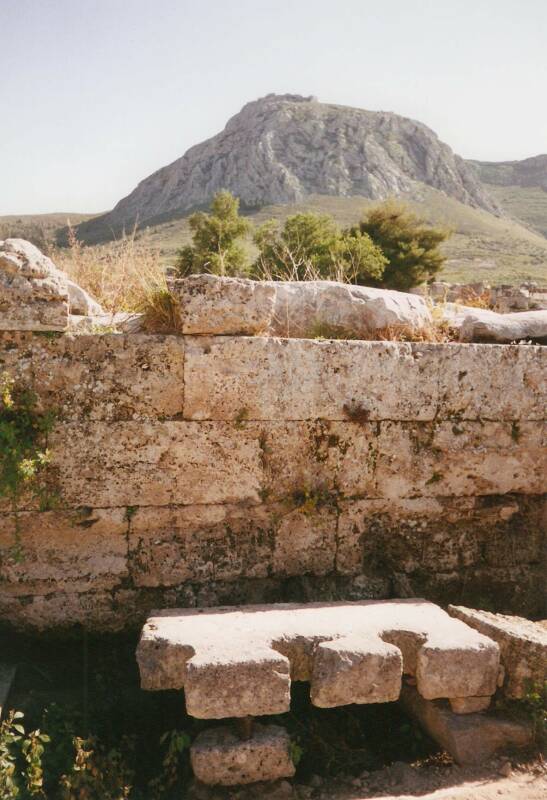
Communal toilets at Κόρινθος, with Ακροκόρινθος in the background.
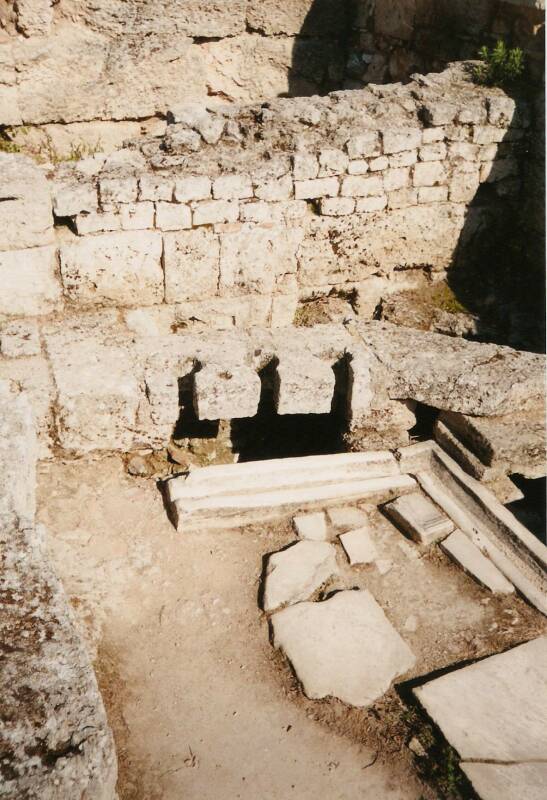
Communal toilets at Κόρινθος
The BAR article discussed the Moabite king Eglon and the French king Henri III, and their very similar toilet-borne assassinations.
This same "open toilet policy" for aides and emissaries continued at least as late as the 1963-1969 administration of the U.S. president Lyndon Baines Johnson. But we have quite a bit of history to go through before reaching the 1960s.
Let's start with King Eglon of Moab. The 3rd chapter of the book of Judges describes his death. This would have been some time fairly soon after 1380 BCE. Up to this point in the story the Israelites were going through a cycle of turning away from their religion and worshiping the idols of the religions of the surrounding nations, Baal and Astarte and so on, being conquered and controlled by outsiders for a number of unpleasant years, being freed by a charismatic leader (often slaughtering large numbers of the foreigners), then starting over after a few years of self-rule. At some point King Eglon of Moab joined forces with the Ammonites and the Amalekites, capturing Jericho and ruling over Israel. After eighteen years of heavy taxation:
15-16 The Israelites begged the Lord for help, and the Lord chose Ehud from the Benjamin tribe to rescue them. They put Ehud in charge of taking the taxes to King Eglon, but before Ehud went, he made a double-edged dagger. Ehud was left-handed, so he strapped the dagger to his right thigh, where it would be hidden under his robes.
17-18 Ehud and some other Israelites took the taxes to Eglon, who was a very fat man. As soon as they gave the taxes to Eglon, Ehud said it was time to go home.
19-20 Ehud went with the other Israelites as far as the statues at Gilgal. Then he turned back and went upstairs to the cool room where Eglon had his throne. Ehud said, "Your Majesty, I need to talk with you in private."
Eglon replied, "Don't say anything yet!" His officials left the room, and Eglon stood up as Ehud came closer.
"Yes," Ehud said, "I have a message for you from God!" 21 Ehud pulled out the dagger with his left hand and shoved it so far into Eglon's stomach 22-23 that even the handle was buried in his fat. Ehud left the dagger there. Then after closing and locking the doors to the room, he climbed through a window onto the porch 24 and left.
When the king's officials came back and saw that the doors were locked, they said, "The king is probably inside relieving himself." 25 They stood there waiting until they felt foolish, but Eglon never opened the doors. Finally, they unlocked the doors and found King Eglon lying dead on the floor. 26 But by that time, Ehud had already escaped past the statues.
Ehud went to the town of Seirah 27-28 in the hill country of Ephraim and started blowing a signal on a trumpet. The Israelites came together, and he shouted, "Follow me! The Lord will help us defeat the Moabites."
The Israelites followed Ehud down to the Jordan valley, and they captured the places where people cross the river on the way to Moab. They would not let anyone go across, 29 and before the fighting was over, they killed about ten thousand Moabite warriors -- not one escaped alive.
30 Moab was so badly defeated that it was a long time before they were strong enough to attack Israel again. And Israel was at peace for eighty years.
Herschel Shanks, the editor of Biblical Archaeology Review and the author of the referenced article, concludes that Eglon was seated on the toilet talking with his aides when Ehud arrived. The above Contemporary English Version translation of the Bible leaves out a detail at the end of verse 22: "... and the filth came out." Since the blade remained lodged in the wound, apparently Eglon lost control of his bowels. Well, he was still sitting on the toilet for some reason.
Much later but still in Israel, the Talmudic rabbis were not clear about the need for toilet privacy. The men's toilet in the Temple in Jerusalem was for one person and its door locked [Mishnah, Tamid 1:1] but women were allowed to talk while in the toilet [Palestinian Talmud, Megillah 4:1, 75a] indicating that communal toilet use was accepted.
Moving into the Roman era, we see that the emperors Nero and Galerius had large multi-person toilets in their palaces and villas, like these in Nero's Villa Poppaea and in Emperor Galerius' palace in Thessaloniki.
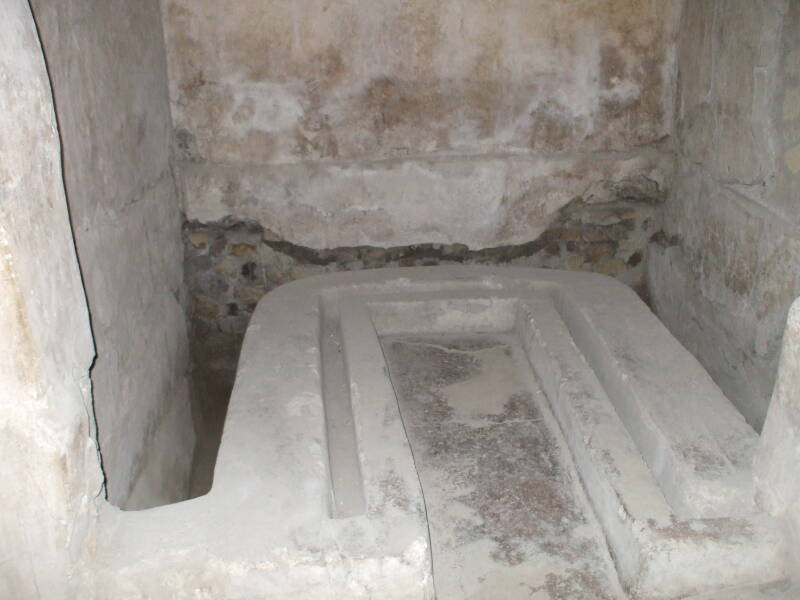
Latrine inside the Roman Emperor Nero's Villa Poppaea near Pompeii.
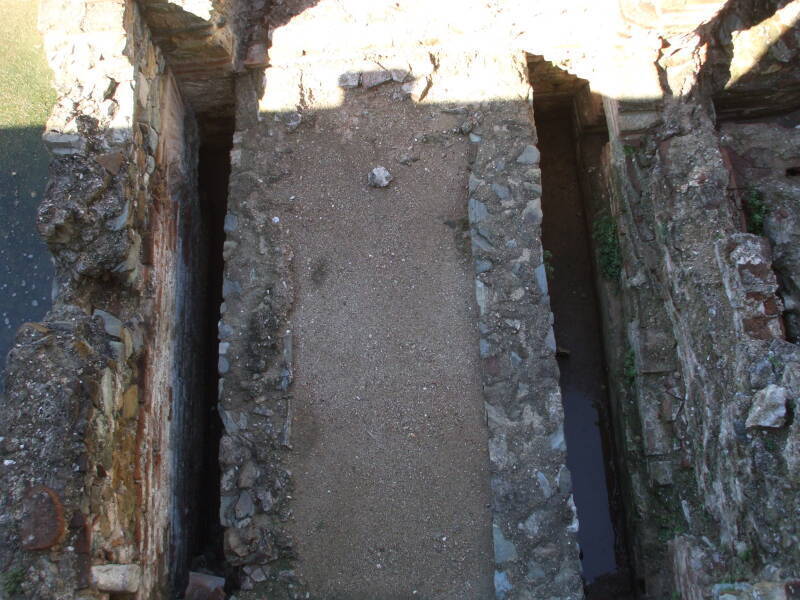
Communal toilets in the palace of the Roman Emperor Galerius in Thessaloniki.
The Roman Senate had a large communal facility. While they were not deified Roman Emperors, members of the Roman Senate certainly were nobility. You can imagine that many political discussions happened in these toilets.
The next two facilities are at Roman military garrisons along Hadrian's Wall in Britain. These would have been communal for logistical reasons, like in today's military barracks. And also for psychological reasons, as explained on my page on the Origins of Public Toilets.
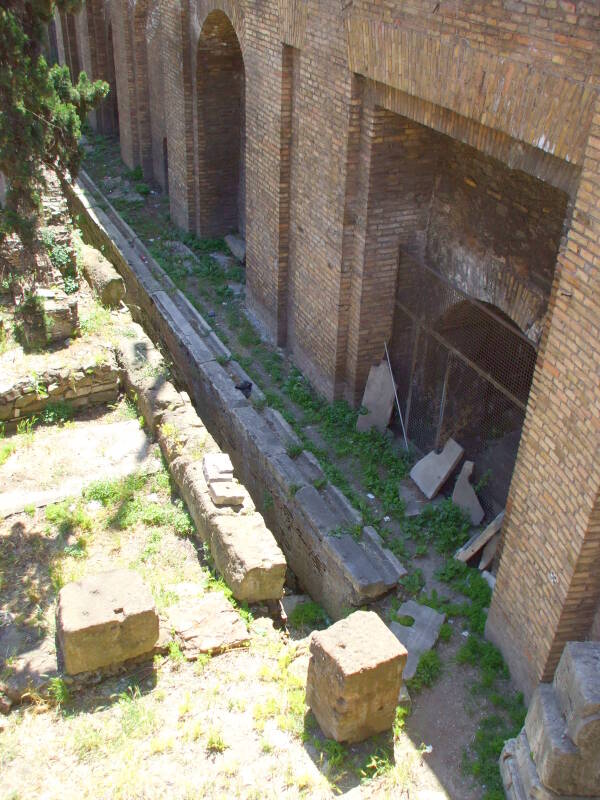
Drainage of the toilets at the Roman Senate.
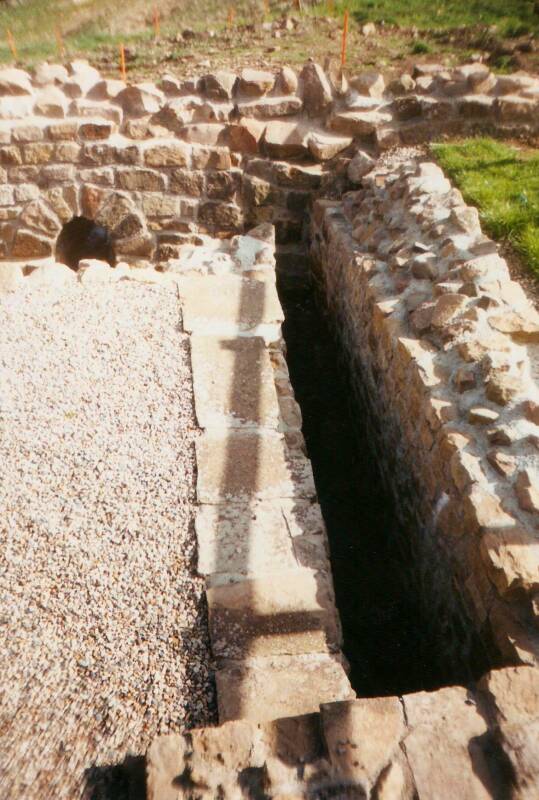
Imperial Roman toilets at Vindolanda Fort along Hadrian's Wall.
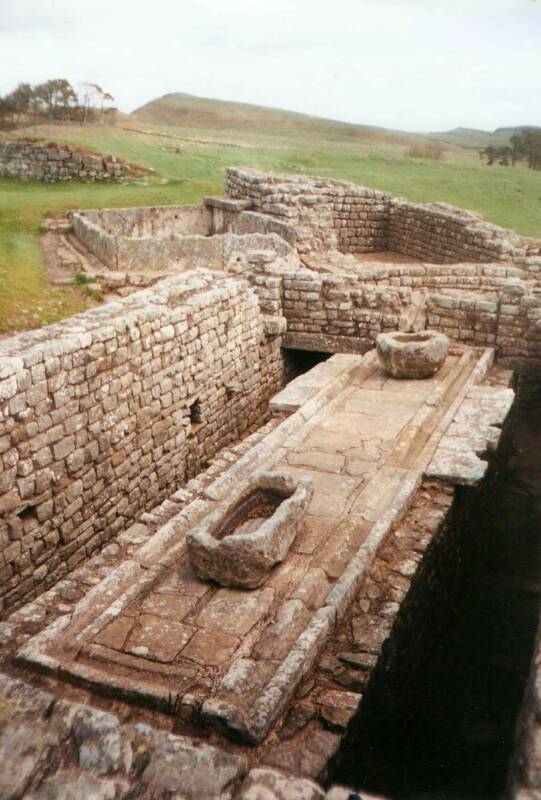
Imperial Roman toilets at Vercovicium Fort along Hadrian's Wall.
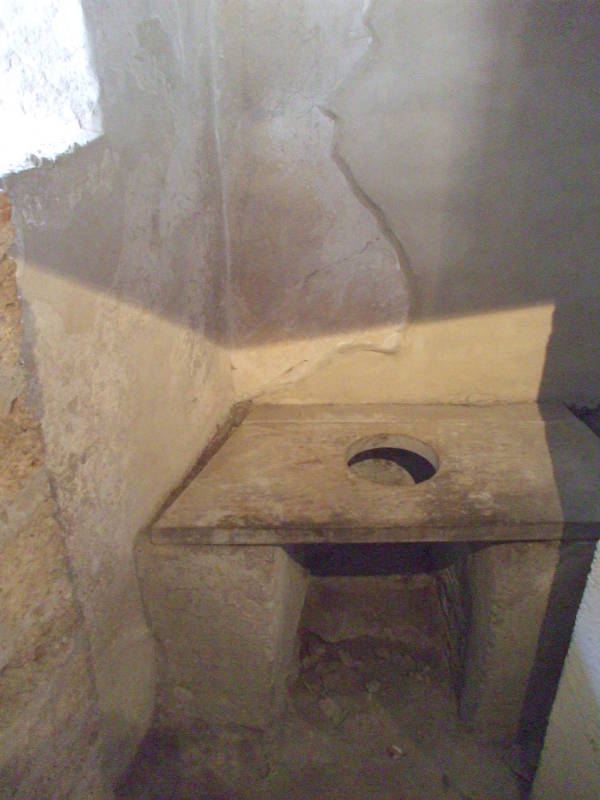
A Roman brothel toilet at Pompeii.
The one private Roman era toilet I have photographed is in a brothel in Pompeii. Within a Roman brothel, there is toilet privacy. Unless, of course, you're into toilet exhibitionism and are willing to pay...
Much later, during the European Renaissance, western European leaders continued the Moabite custom of holding court while sitting on the toilet.
France was divided in the late 16th century. Much of it was ruled by the almost universally disliked King Henri III. Henri of Navarre, a kingdom in southwestern France, had converted to Protestantism. He was the closest natural heir to Henri III. Henri III had said that he would recognize Henri of Navarre, but only if he would reconvert back to Roman Catholicism. A right-wing and extremely anti-Navarre group known as the Catholic League opposed any such recognition.
A fanatical Catholic Leaguist, the Dominican Friar Jacques Clément, had obviously read his Bible. He managed to arrange an audience with King Henri III when he was camped with his army at Saint-Cloud, Hauts-de-Seine. The king received him on August 1, 1589, while he was sitting on his toilet. Clément handed King Henri a bundle of papers and said that he had a secret message to deliver. The King signaled for his attendants to step back to provide some privacy. Clément stepped forward to whisper in Henri's ear and stabbed him in the abdomen (it isn't recorded whether he did so left-handed for historical accuracy).
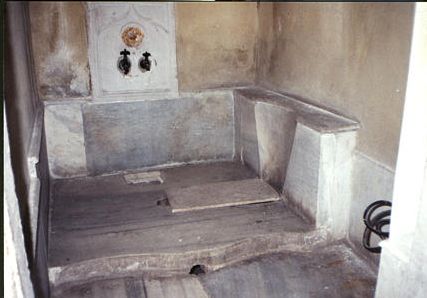
Toilet of the Ottoman Sultan at Topkapı Palace in İstanbul.
Unlike Ehud, Clement was immediately killed by the royal guards.
The king died the following morning, but before expiring he foiled the Catholic League's scheme by decreeing that Henri of Navarre would be his heir if he reconverted to Roman Catholicism.
Henri of Navarre is quoted as saying "Paris is well worth a Mass" before becoming the Catholic Henri IV of France.
Before all of this, Henri III had ruled as an elected monarch over the Polish-Lithuanian Commonwealth in 1573-1574 before returning to France and being its king 1575-1589. His short time in Poland had introduced him to some concepts foreign to western Europe, such as regularly hauling excrement outside the castle walls, baths with regulated hot and cold water, and the fork. Henri III introduced these exotic measures in France.
The famous essayist Michel de Montaigne (1533-1592) described how royalty of his time conferred with courtiers and received visitors while sitting on the toilet. He did seem to feel a little sorry for them. His autobiography includes this passage:
I have often been moved to pity rather than envy
[at a king who has] a swarm of courtiers prating at him
and a mob of strangers staring at him eat.
King Alfonso said in this respect the asses of his
kingdom were better off than he, for they could feed at
their own ease and pleasure.
And it has never struck my fancy that it could be any
benefit to a man of sense to have twenty people babbling
at him while he sat at stool.
The Emperor Maximilian had a humor quite contrary to that
of other princes, who for the dispatch of their most
important affairs convert their closestool [that is,
their toilet] into a throne of state.
He [Maximilian] permitted no one to see him in that posture,
and stole aside as scrupulously as any virgin to make water.
I myself, who have an imprudent way of talking, am naturally
so modest in this respect that, unless it is a case of
necessity or pleasure, I hardly ever communicate the sight
of these parts and actions custom bids us conceal.
Pope Julius II installed one of the first private toilet facilities in the Vatican palace in 1507, next to his bedroom.
Louis XIII, King of France 1610-1643, received visitors while seated on a throne that was also a toilet.
Groom of theKing's Stool
The privy counselors (and notice their title!) of Elizabethan era English royalty included a Groom of the Stool who slept in the king's bedroom.
Today we might think that these were primitive behaviors driven by a Hippocratic-era medical misunderstanding that everything depended on "humours", elementary fluids like blood and bile and urine. The royal physicians needed to inspect everything emitted from the body. Once the physicians are hanging around constantly, a mob of courtiers is just the next step. Also see the current popularity of "inspection shelves" in German toilets. Careful humour inspection is still in vogue in some places.
The Once-Common Practice of Communal SleepingAtlas Obscura
However, for the most part, toilet customs in Europe drifted away from the communal Greek and Roman tradition after the decisions of the Council of Trent in 1545-1563 were turned into ecclesiastical laws, some of them regulating bodily functions.
Meanwhile the common people had little to no privacy. Entire families slept in a single bed if they could afford it, or wrapped in the same blankets if not. Any servants likely slept nearby. Travelers in inns shared beds. Victorian England led the move to separate bedrooms for each family member, with married couples having separate beds in a shared room.
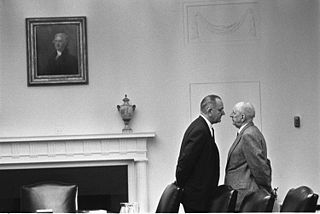
Lyndon Johnson giving "The Treatment" to Georgia Senator Richard Russell.
However, the royal tradition of consulting with aides and receiving visitors while seated on the porcelain throne reappears from time to time.
U.S. President Lyndon Baines Johnson was in office from 1963 through 1969. He had served in the U.S. House of Representatives from 1937 to 1949, serving in the Navy 1941-1945. He was elected to the Senate in 1948, serving there starting in 1949. He became Democratic minority leader in 1953, becoming the majority leader with the 1954 election. He was elected as Vice-President under John Kennedy in 1960, and became President when Kennedy was assassinated.
LBJ's Chamber Pots and OuthousesSome historians consider Johnson to be the most effective Senate majority leader in history. His control relied on "The Treatment", which Rowland Evans and Robert Novak described as follows in their book Lyndon B. Johnson: The Exercise of Power:
The Treatment could last ten minutes or four hours. It came,
enveloping its target, at the Johnson Ranch swimming pool,
in one of Johnson's offices, in the Senate cloakroom, on the
floor of the Senate itself — wherever Johnson might
find a fellow Senator within his reach.
Its tone could be supplication, accusation, cajolery,
exuberance, scorn, tears, complaint and the hint of
threat. It was all of these together. It ran the gamut
of human emotions. Its velocity was breathtaking, and it
was all in one direction. Interjections from the target
were rare. Johnson anticipated them before they could be
spoken. He moved in close, his face a scant millimeter from
his target, his eyes widening and narrowing, his eyebrows
rising and falling. From his pockets poured clippings, memos,
statistics. Mimicry, humor, and the genius of analogy made
The Treatment an almost hypnotic experience and rendered
the target stunned and helpless.
Ben Bradlee of the Washington Post said that meeting Johnson was like a trip to the zoo: "You really felt as if a Saint Brenard had ... pawed you all over.... He never just shook hands with you. One hand was shaking your hand; the other hand was always someplace else, exploring you, examining you."
It wasn't just the close-talking and the pawing. There was also the participation in his visits to the toilet. Aides who were reluctant to follow him to the toilet were sources of great amusement to him. As reported in the book Real Life at the White House: 200 Years of Daily Life at America's Most Famous Residence:
The president, in turn, was always accessible—also when he was in the bathroom. LBJ exposed his body without inhibition, and at times quite deliberately. On one occasion he brought National Security Adviser McGeorge Bundy—whom he called "one of those delicate Kennedyites"—right into the bathroom with him. "[He] found it utterly impossible to look at me while I sat on the toilet," Johnson related. "You'd think he'd never seen those parts of the body before. For there he was, standing as far away from me as he possibly could, keeping his back toward me the whole time, trying to carry on a conversation. I could barely hear a word he said. I kept straining my ears and finally I asked him to come a little closer to me. Then began the most ludicrous scene I have ever witnessed. Instead of turning around and walking over to me, he kept his face away from me and walked backwards, one rickety step at a time. For a moment I thought he was going to fall into my lap. It certainly made me wonder how that man had made it so far in the world."
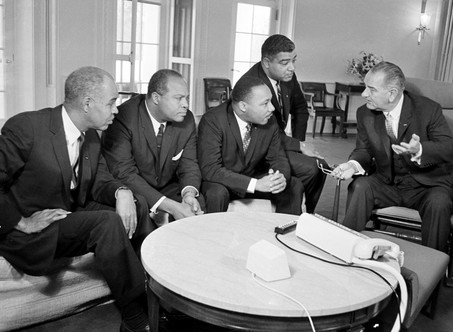
Lyndon Johnson meeting with civil rights leaders. "Follow me, fellows, I need to take care of something while we talk."
The preface of J.J. Parker's biography Lyndon Johnson depicts the 36th U.S. President (1963-1969) as:
... perhaps America's earthiest President. He many times adjourned a White House meeting, saying he and the other men present needed exercise. They then would, at his direction, repair to the White House pool. Often the others would complain that they had no swim trunks, and therefore could not swim; LBJ cheerfully would reply that they didn't need trunks. All the men would swim naked, in a sort of bonding ritual orchestrated at Johnson's direction. Any self-conscious man passing on the "exercise" would, in Johnson's mind, be considered to lack guts — perhaps a "Kennedy man," prim and proper, but not a "real man." Also, Johnson seemed to enjoy shocking such people; he'd hold conversations while defecating on a White House toilet as another, embarrassed, man faced him (stall door open), and on one memorable occasion, he called aides into a White House room to speak with them while he lay on his side, his bare buttocks receiving an enema inserted by a nurse."
Robert Dallek's Lone Star Rising: Lyndon Johnson and His Times, 1908-1960 (pp 101-102) describes Johnson's treatment of one of his aides:
Toward Jones, who was better educated, much less dependent, and a prim, aloof personality, Lyndon was even more abusive. He would publicly ridicule any error he found in one of his letters, belittling his style of writing, his spelling, his typing, or any failing that put him in a subordinate position. But the worst moment in a day for Jones was when Lyndon would insist that he come into the bathroom while Lyndon sat on the toilet defecating. Jones "would stand with his head and nose averted, and take dictation." To some other, later employees, this was an example of Lyndon's "naturalness," but for Jones it was a source of humiliation and a means by which Lyndon dominated him or exercised control.
In March 2018, Donald Trump's White House Chief of Staff John Kelly was meeting with reporters during one of the Trump administration's frequent staff purges.
Rex Tillerson had been the Secretary of State for just over 13 months. He had been fired one week earlier, and the story was that he learned that he had learned of his firing over Twitter. However, he had received warning through an even less formal channel.
Kelly reported, "Rex Tillerson was on the toilet when I told him he'd be getting fired."
That's a Reverse Lyndon Johnson.
Here's how it was reported in The Daily Beast a week after Tillerson's firing-by-Twitter:
Tillerson, Kelly told the room, was suffering from a stomach
bug during a diplomatic swing through Africa,
and was using a toilet when Kelly broke the news to him.
Sources were stunned that, even in an off-record setting,
Kelly would say this—to a room filled with White House
officials and political reporters—about Tillerson,
who does not officially leave the State Department
until the end of the month.
Kelly is routinely touted as one of the more mature members
of Trump's top brass and has often been branded as
one of the "adults" in charge.
However, be careful
Too much time hanging out in restrooms with other men leads to trouble. Johnson's aide Walter Jenkins was arrested in a Y.M.C.A. washroom in Washington DC in October, 1964, and was subsequently dismissed from his position.
For a similar case, see Senator Larry Craig's arrest in an airport restroom.






